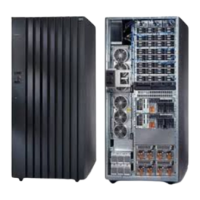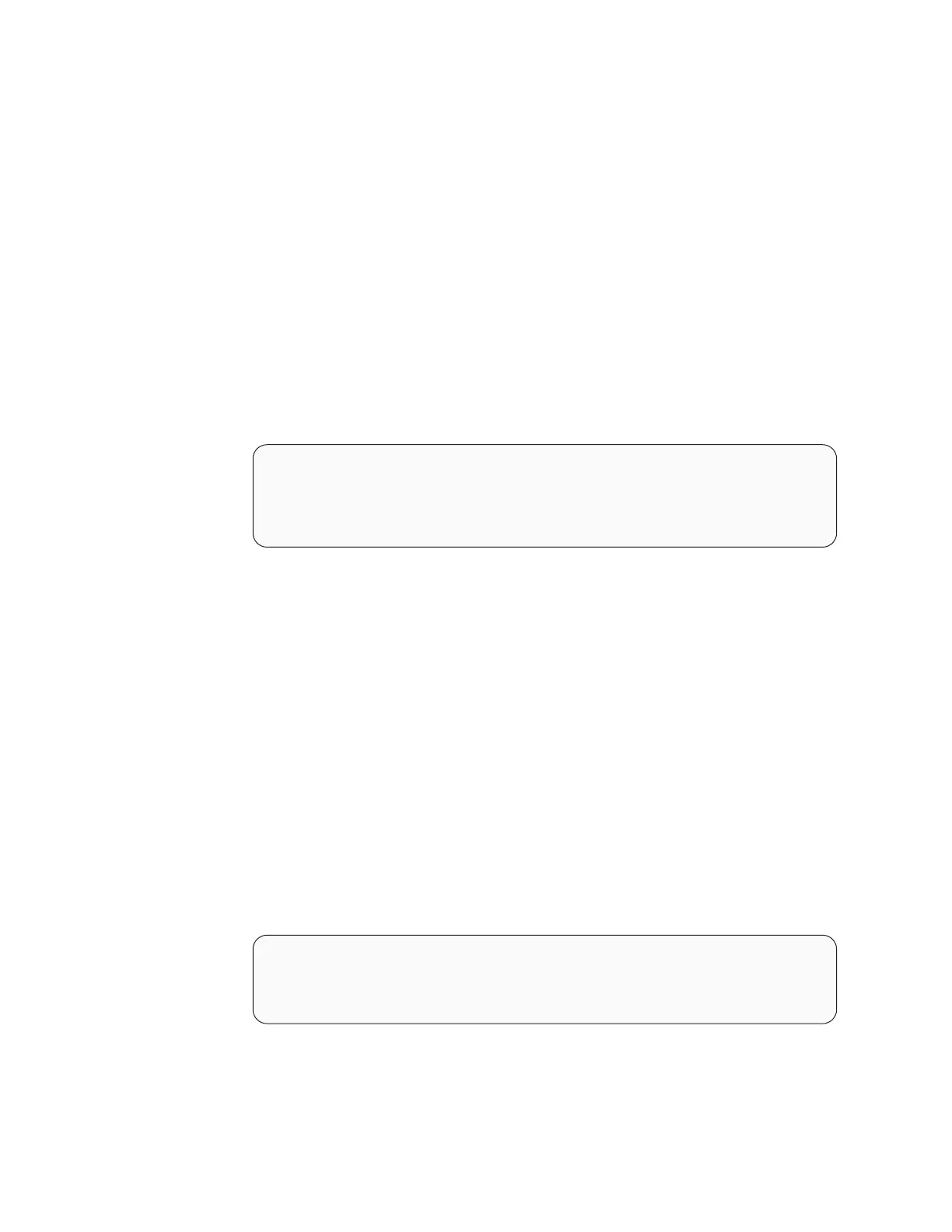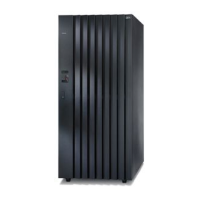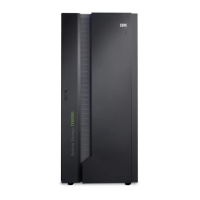In the second example, the cplv command copies data from existing logical volume
oldlv to existing logical volume existinglv (-e). When you use the -e option, it
overwrites the existing target-logical volume with the data from the source-logical
volume. When you use the -e option, it maintains the characteristics of the existing
target-logical volume. Take care when you use this option.
The cplv command is a good method for copying or migrating a single logical
volume. Sometimes, however, you might need to migrate all the data from a
physical volume.
Using mirroring to migrate data
Use the following information as guide for how to use the mirroring function of
logical volume manager (LVM) to migrate data. Mirroring can only be used on
logical volumes. It cannot be used for physical volumes.
Mirroring is an LVM task that you perform only on logical volumes to migrate
data. The following example shows how to create a mirror copy of a logical
volume using the mklvcopy command:
# mklvcopy -e m -s y -k datalv 2 hdisk3 hdisk7
.
.
.
# splitlvcopy -y splitlv datalv 1
The mklvcopy command options specify the following values:
(-e m) To use minimum inter-disk allocation policy
(-s y) To strictly allocate mirror copies on separate physical volumes
(-k) To synchronize new copies immediately
datalv The name of the logical volume where you want to start a mirroring
operation
2 The number of copies that you want to make of the data (a maximum of 3)
hdisk3 and hdisk7
The physical volumes where the logical volume resides
hdisk3 The physical volume that already holds the data of datalv
hdisk7 The physical volume that will hold the mirror copy and where you want
to move the data
The
second example is similar to example 1. The mklvcopy command starts
mirroring the infxlv logical volume.
# mklvcopy -e m -s y -k infxlv 2 hdisk4 hdisk10
.
.
.
# rmlvcopy infxlv 1 hdisk4
In this example, hdisk4 is where the data for infxlv already exists, and hdisk10 is
where the mirror copy resides. It is also where you want to ultimately move the
data.
144 DS8000 User’s Guide

